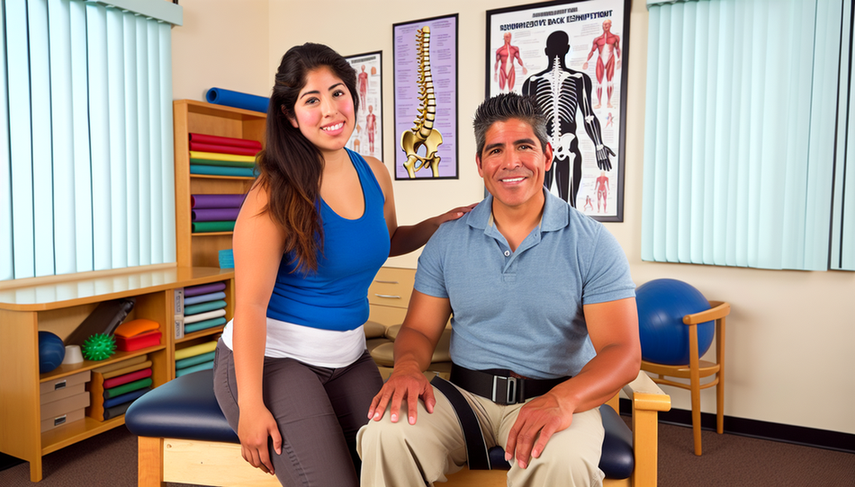Effective Lumbar Pain Treatment: Rehabilitation, NSAIDs, and Surgery for Refractory Cases

Dear colleagues, lumbar pain is one of the most prevalent conditions in our daily clinical practice, affecting a significant number of patients worldwide. Effective management is crucial to improve our patients' quality of life and reduce the associated socioeconomic impact. In this article, we will explore the most effective treatment strategies, from rehabilitation and the use of NSAIDs to surgery in refractory cases.
Focus on Rehabilitation and the Use of Medications
The initial treatment of lumbar pain should focus on non-pharmacological methods, such as physical therapy and strengthening exercises. Evidence suggests that physical therapy, including regular exercise, can significantly improve function and reduce pain in patients with chronic lumbar pain [1]. Additionally, techniques such as spinal manipulation and acupuncture have shown benefits in some studies [2].
Regarding medications, NSAIDs are the first-line pharmacological treatment due to their effectiveness in reducing pain and inflammation [3]. In cases where NSAIDs are insufficient, duloxetine or tramadol may be considered as second-line options [4]. However, the use of opioids should be carefully evaluated due to their potential adverse effects and risk of dependence.
Surgery in Refractory Cases
Most patients with lumbar pain will not require surgical intervention. However, in refractory cases where pain and functional disability persist despite adequate conservative management, surgery may be considered. Surgical indications include progressive spinal stenosis, aggravated spondylolisthesis, or persistent disc herniation [5]. Lumbar arthrodesis is a surgical option that can be effective in these cases, although it should be reserved for carefully selected patients.
Conclusions
The management of lumbar pain should be a multimodal approach that combines rehabilitation, medications, and, when necessary, surgery. The key is to personalize treatment according to the individual needs of each patient, always considering the risks and benefits of each intervention. Ongoing research and high-quality clinical trials are essential to improve our treatment strategies and provide the best possible care to our patients.
Referencias
- [1] A systematic review on the effectiveness of physical and rehabilitation interventions for chronic non-specific low back pain
- [2] Acupuncture and Neural Mechanism in the Management of Low Back Pain-An Update
- [3] Effectiveness of treatments for acute and subacute mechanical non-specific low back pain: a systematic review with network meta-analysis
- [4] Noninvasive Treatments for Acute, Subacute, and Chronic Low Back Pain: A Clinical Practice Guideline From the American College of Physicians
- [5] Surgical versus non-surgical treatment for lumbar spinal stenosis
Created 5/1/2025
